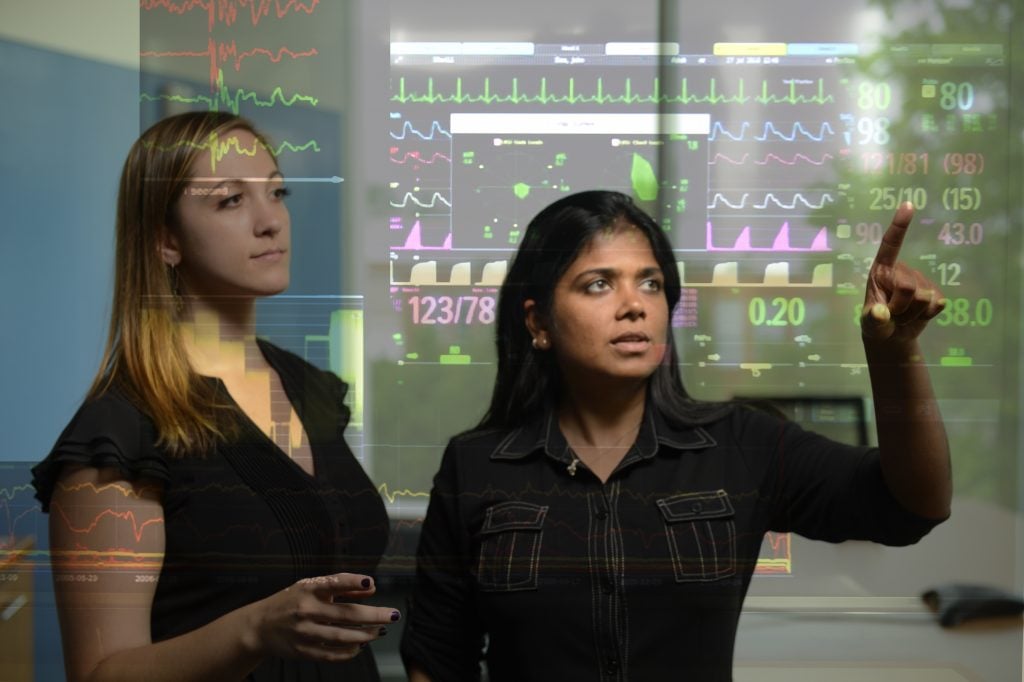
Each year, sepsis is blamed in 20 to 30 percent of all U.S. hospital deaths—killing more Americans than AIDS and breast and prostate cancer combined.
It’s crucial to identify those likely to develop septic shock as soon as possible: Every hour that treatment is delayed raises the risk of death by 7 to 8 percent.
Whiting School computer scientist Suchi Saria and colleagues are developing computer programs that analyze existing medical information to manage patients most at risk, allowing clinicians to take action early to prevent organ failure.
Her work is showing surprising results already.
Last year, in findings reported in Science Translational Medicine with computer science doctoral student Katharine Henry and critical care specialist David Hager, she described an algorithm called the targeted real-time early warning score—TREWScore— to measure the risk of a suspected infection developing into septic shock. It was based on information from the electronic health records of 16,234 patients admitted to intensive care units at Boston’s Beth Israel Deaconess Medical Center from 2001 to 2007.
The algorithm correctly predicted septic shock in 85 percent of cases, without increasing the false positive rate from screening methods that are common now. More than two-thirds of the time, the method was able to predict septic shock before any organ dysfunction. That’s an impressive 60 percent improvement over existing screening protocols.
The impact of Saria’s work is so promising that Johns Hopkins is now piloting a real-time surveillance tool using this method at Howard County General Hospital. Other health care systems are pursuing ways to use the algorithm as well. She is also studying ways to determine which patients are likely to respond to which therapy.
In addition to sepsis, Saria’s algorithms have proven effective in spotting health risks in premature newborns. A faculty member of the Malone Center for Engineering in Healthcare, she also is using this strategy to create more precise prognosis tools for autoimmune diseases such as scleroderma and lupus.
“We’re at a unique time when the adoption of electronic health records has grown to nearly 80 percent in hospitals and over 50 percent in outpatient clinics,” says Saria. “Further, we’re continually collecting more health and behavioral data through devices. By combing through this vast array of data, algorithms can often help us find patterns that pinpoint early signs of declining health and how a patient might respond to specific therapies.”
Based on her body of work, Saria was named as one of Popular Science’s Brilliant 10 in September. She also received the DARPA Young Faculty Award and was named to IEEE’s AI’s 10 to Watch.
Web Extra
Suchi Saria discusses “Better Medicine Through Machine Learning” at TEDxBoston.




